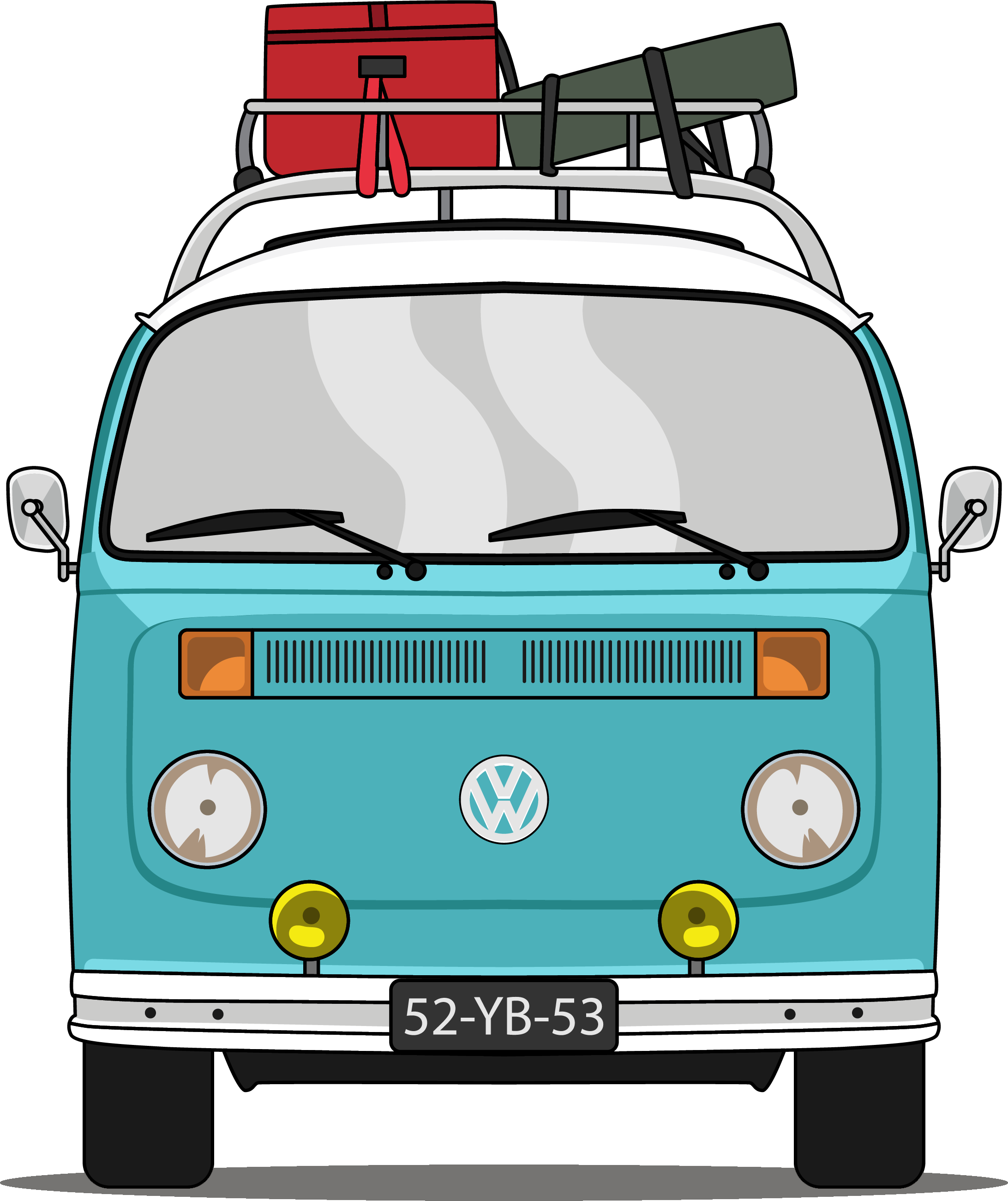Thousands of crocodiles live in the Sepik River. We don’t see one. But that’s because they are scared, and that’s not surprising. They are hunted a lot.Many crocodile farms can be found along the Sepik. They remind me of mega stables in Europe. The booths are too small and animal welfare cannot be found there. Japanese and Chinese love these Sepik crocodiles. The hides are used to make shoes, coats and bags. The meat is consumed by the inhabitants of the village and tastes like chicken. Even though crocodiles eat fish here, not chicken.
More is not always better. An oversized crocodile cannot be sold. In that case, the crocodile is eaten by the villagers, beautiful chains are made of the teeth and the skin serves as decoration for the toilet, for example.
Thousands, “no millions” according to our guide Lesley, are there in the river, but after not having seen one on the river for 4 whole days, I start to doubt these numbers.

Kamanibit
Eat fish and sago
In Kamanibit, the village where we spend the night, we receive a necklace with a crocodile tooth as a souvenir. I think it’s cool but I wear it with mixed feelings. Yes, I am a carnivore but I am not in favor of mega stables and also not of animals as decoration. But I can’t refuse the crocodile tooth, it’s a gift. And fair is fair but it is no different than a nice piece of meat on your plate, right?
Crocodiles are hunted and fish are caught. We see dozens of women and children in boats that frequently bring in fish. Our skipper Pieter knows how to tell hundreds a day. The fish vary in size but they all actually taste the same. That will be because of the cooking arts; the fish is cooked on the fire and you remove the meat by hand. More often with than without bones. I wonder if this river will ever be emptied. After all, we are doing a good job overfishing the oceans so why should the Sepik lag behind? At the moment because they do everything here by hand, no trawl nets and bycatch, just like the fish, is cooked on the fire and eaten.
Fish and sago are the daily fare here. Sago comes from the sago palm, it is mixed with water before being cooked on fire. Then it is kept in a sago tray for a month before it can be eaten. It looks like a kind of rubber pancake and doesn’t actually taste like anything. Here they eat it daily, because they don’t have anything else (except fish and some fruit). Sometimes caterpillars are put in, for the protein and the flavor.

Mixing sago with water
Crocodile farm
Our last day on the water goes to Chambri lake. We have lunch at the village of Ibom. Our dry bread and peanut butter lunch is complemented with Pawpaw; a local fruit, orange on the inside, greenish on the outside. You take the seeds out with your hands and then you eat it like a melon. It also tastes a bit like it, more like Papaya by the way. But according to Lesley it is really different. I doubt it.
The village where we have lunch also has a small crocodile farm. That means: three very (read: way too) small cubicles where a lot of crocodiles are pressed together. They let them grow bigger here and then these skins are also sold to Japanese and / or Chinese. I think it looks horrible.

Besides breeding a few crocodiles, they also make pots here. With these pots they can cook inside instead of outside on a fire. They look nice but we decide not to buy one. Our gas burner in The Hague is still fine, besides it’s way too big to take with us.

Everything gets transported via water, including firewood.
The crocodile hunter
And then we move on. The village where we spend the night is called Palembei. We sleep with a real crocodile hunter. He also offers this as a tourist activity. You then go out with him at night to hunt crocodiles. Sometimes they bring in 8 in one night. If one is killed, they eat it. He locks up the living crocodiles.
According to him they are stupid animals. To catch 1 you throw a spear in its back, the crocodile wraps around it and you can grab it with your hands and throw it in a cage. I listen with interest but I also find it sad. If it was done to satisfy the hunger of the locals, okay. But to catch crocodiles because they want to walk with a nice bag in Japan, that is not possible with me. We therefore decline this tourist activity in a friendly manner.
We leave early the next day. At 6 o’clock, so it is still dark. Best chance of seeing crocodiles. And sure enough, one after another has emerged. Everywhere we see eyes light up when we shine on them. I don’t see them very well, but I’m glad to see that there are still a lot of them swimming around. Free, for however long.



Wat een prachtfoto van de Sago mixer!! Ik ging in Bolivia de Amazone op en zag een krokodil en een alligator vechten. Dat was nogal heftig. Maar miljoenen krokodillen daar…die uitspraak lijkt me ook wat overdreven. 😉
Hahaha dat laatste sowieso. Overdrijven, daar houden ze in PNG wel van. Gaaf wel om te zien trouwens: zo’n gevecht. Ik heb alleen nog maar luie krokodillen gezien (in Afrika) 😉
Wat een belevenissen joh. De foto van die man die dat troepje aan het mengen is, is echt fantastisch! Verder vind ik die krokodillen farm dan weer jammer. Ik vind dat soort dingen altijd maar triest.